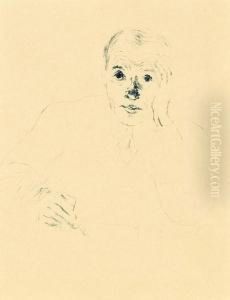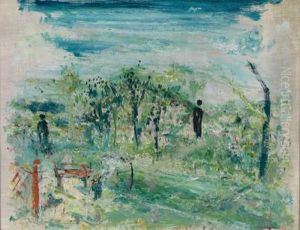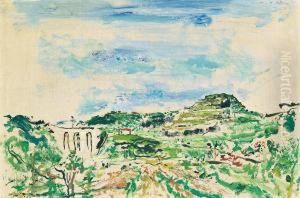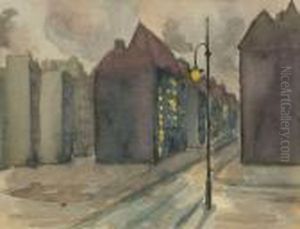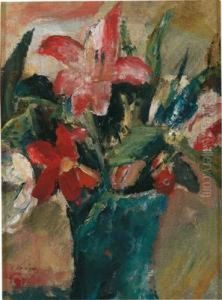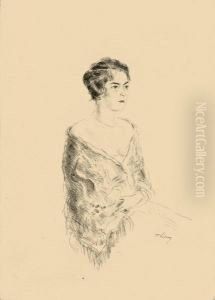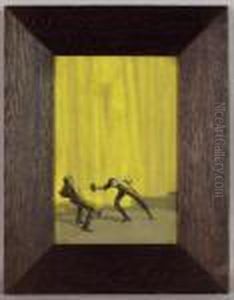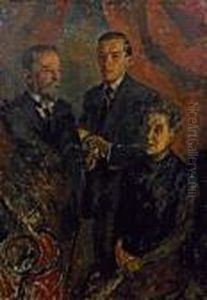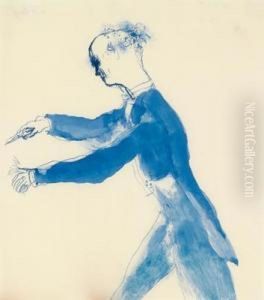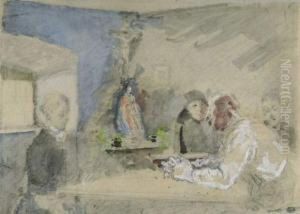Wilhelm Thony Paintings
Wilhelm Thony, born on February 6, 1888, in Graz, Austria, was an accomplished painter associated with the New Objectivity movement, which emerged in Germany in the 1920s as a counter-movement to Expressionism. Thony's work is characterized by a precise and realistic depiction of subjects, often with a strong sense of social commentary.
Educated at the School of Arts and Crafts in Graz, Thony later moved to Munich to further his studies. In Munich, he was influenced by the works of the avant-garde artists of the time and began to develop his own unique style. His early works were often portraits and landscapes, but as he matured as an artist, he began to incorporate more elements of the New Objectivity.
During World War I, Thony served in the Austro-Hungarian Army, and his experiences during the war had a profound impact on his art. After the war, he returned to Munich, where he continued to paint and exhibit his works. Thony's paintings from this period often reflect the disillusionment and cynicism that were prevalent in post-war Germany and Austria.
In the 1930s, with the rise of the Nazi regime, Thony's work came under scrutiny. The Nazis condemned modern art, including the New Objectivity, as 'degenerate.' Thony, like many other modern artists, faced oppression and was forced to adapt his artistic style. He moved away from politically charged subjects and returned to more traditional themes such as landscapes and still lifes, which were more acceptable to the regime.
Wilhelm Thony's career was hindered by the political climate of the time, and he never achieved the fame of some of his contemporaries. However, his contributions to the New Objectivity movement were significant, and his works are now recognized for their technical skill and their insightful portrayal of the social issues of his time.
Thony died on November 11, 1949, in Hallein, Austria. After his death, his work gained more recognition, and today he is considered an important figure in Austrian art history. His paintings can be found in the collections of various museums and galleries throughout Austria and Germany.

